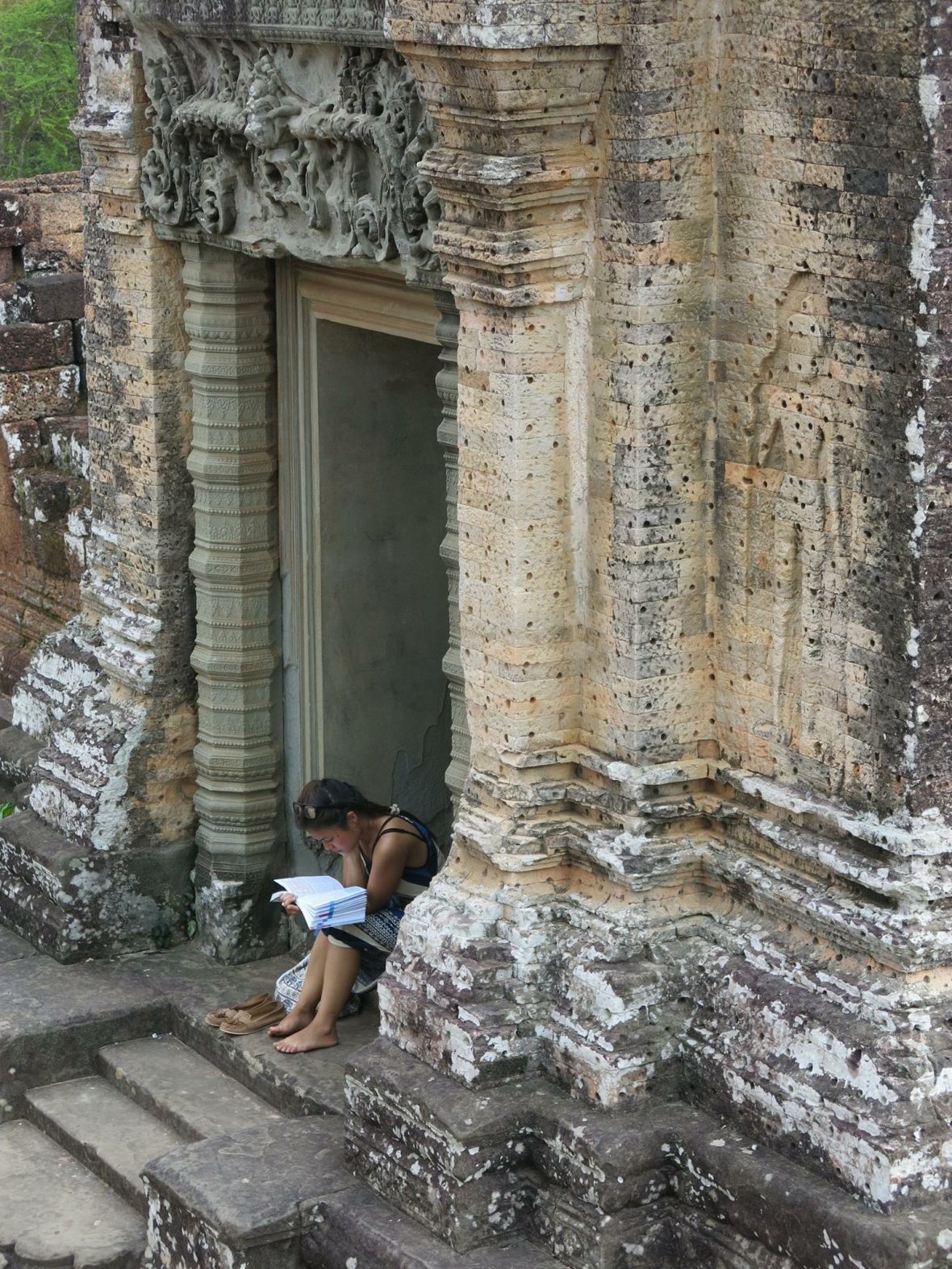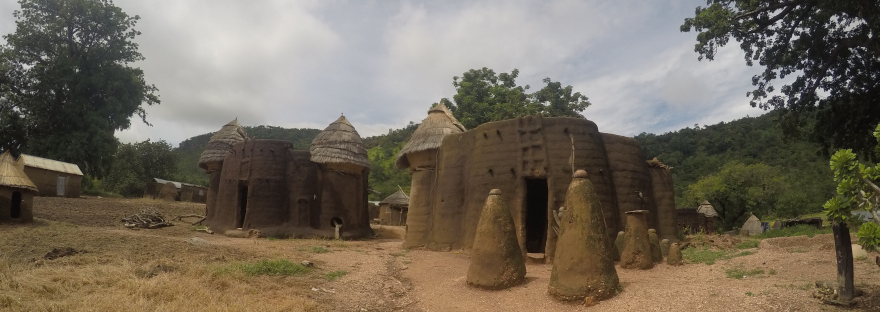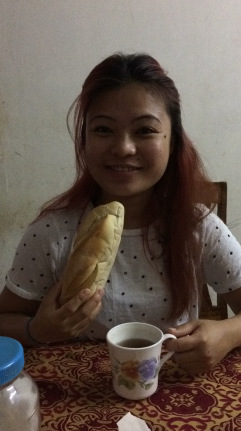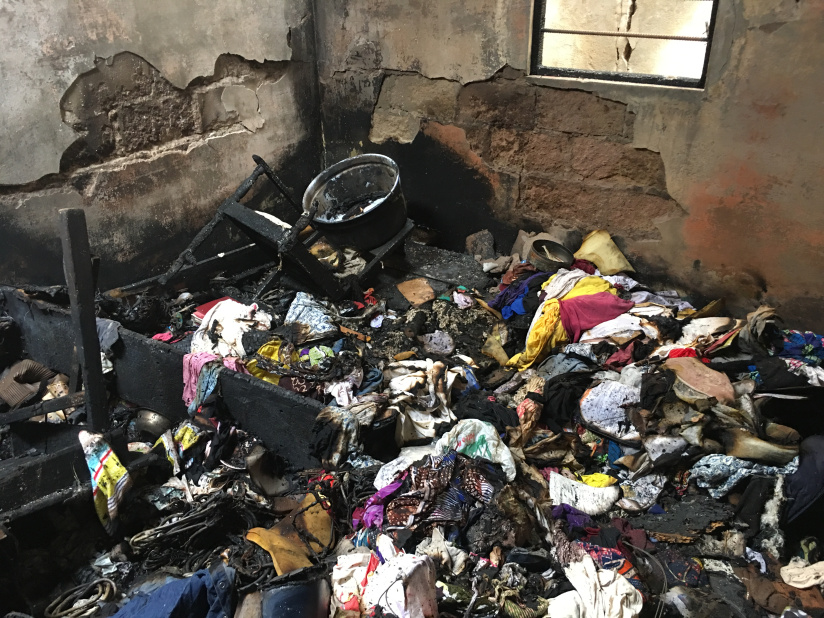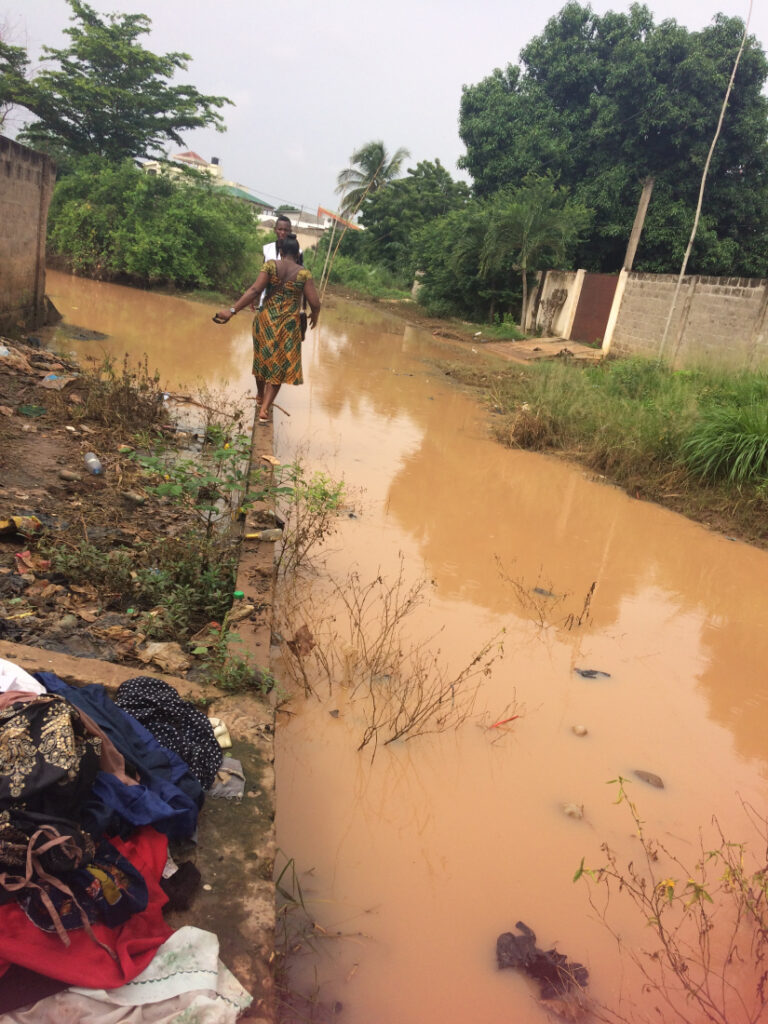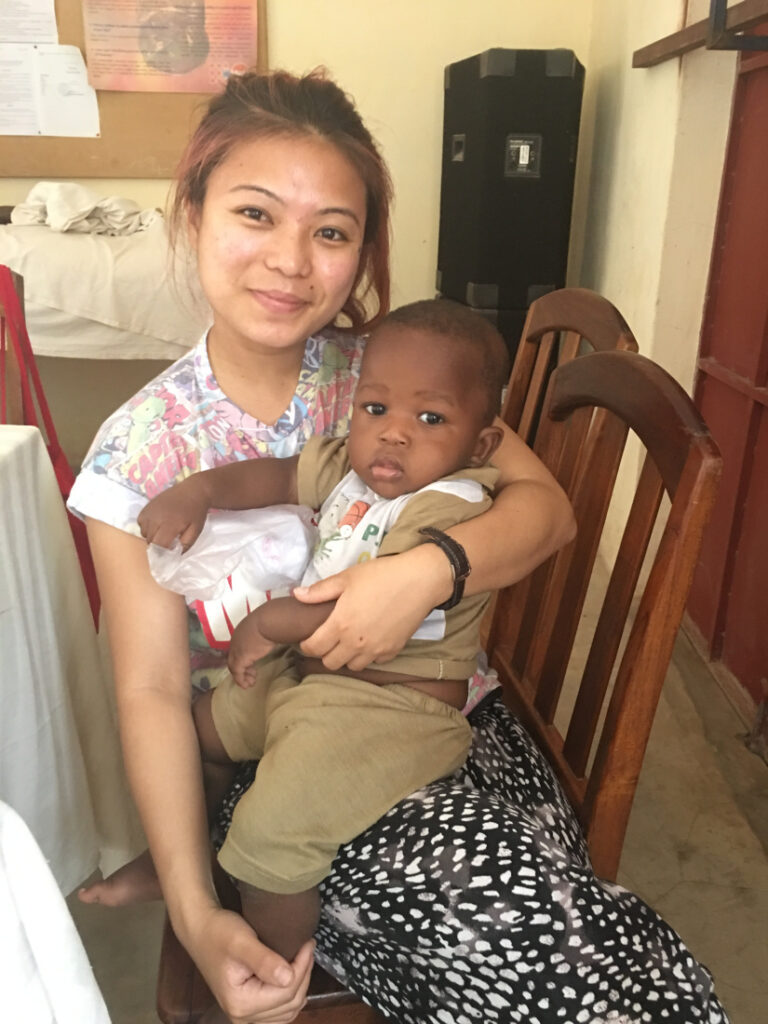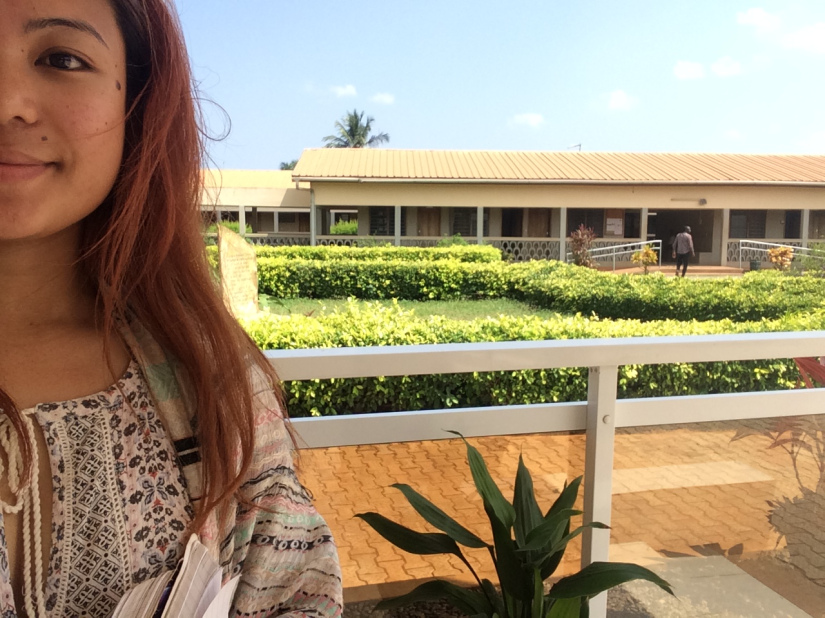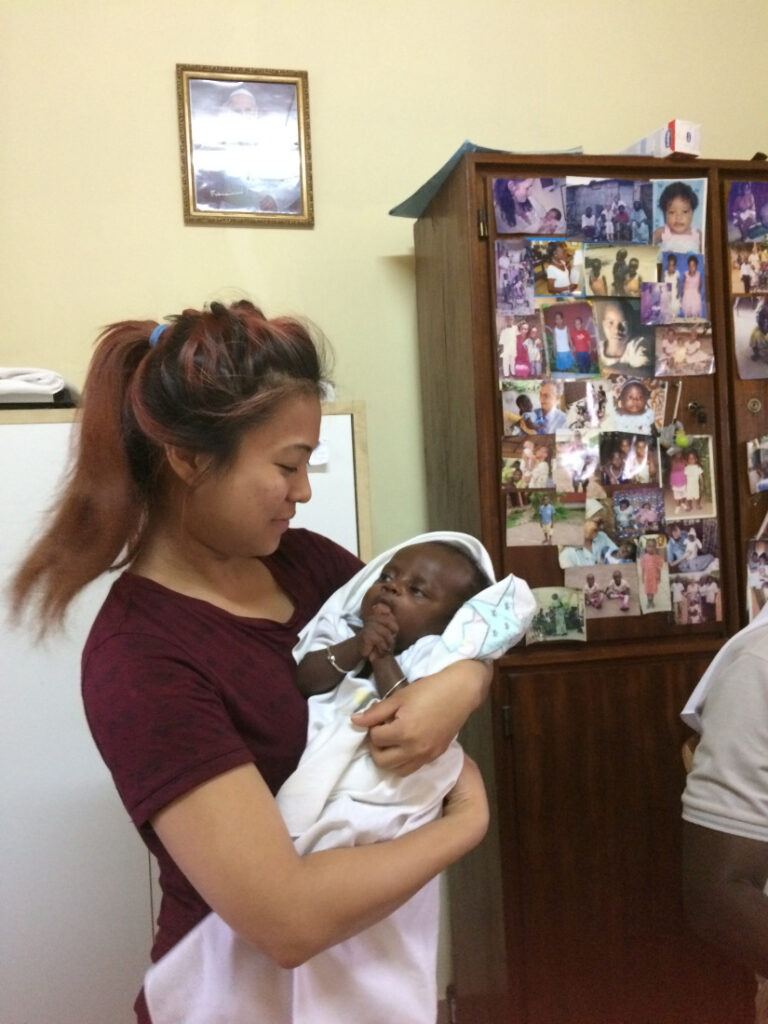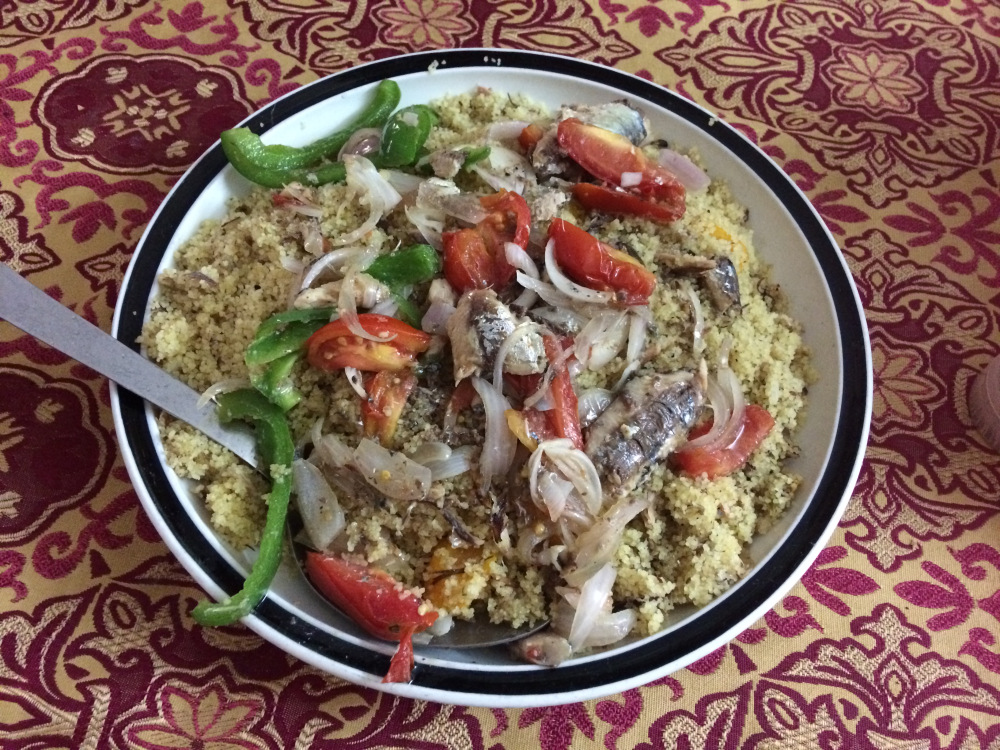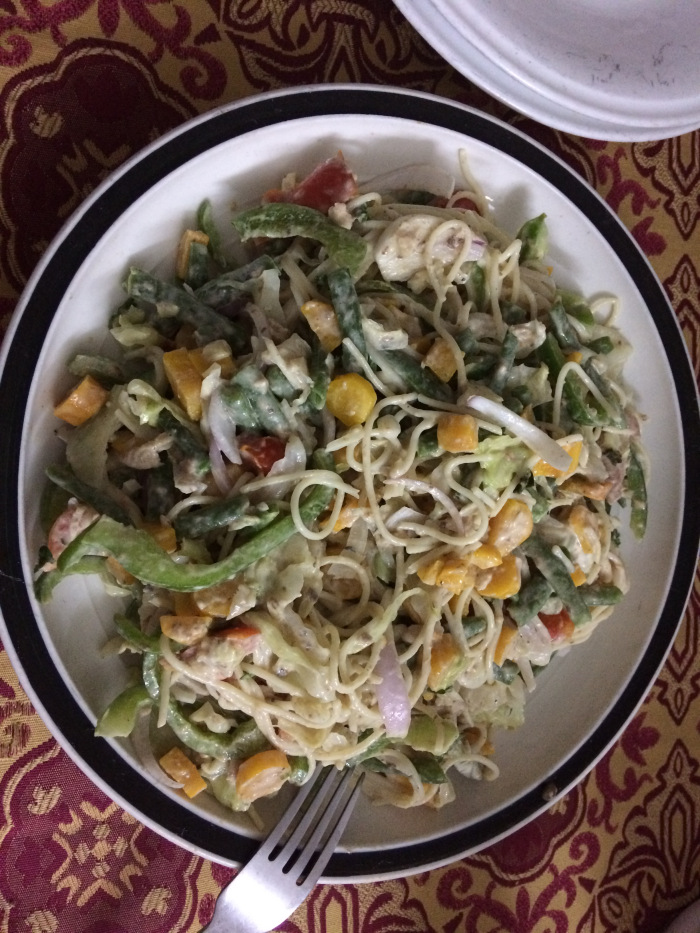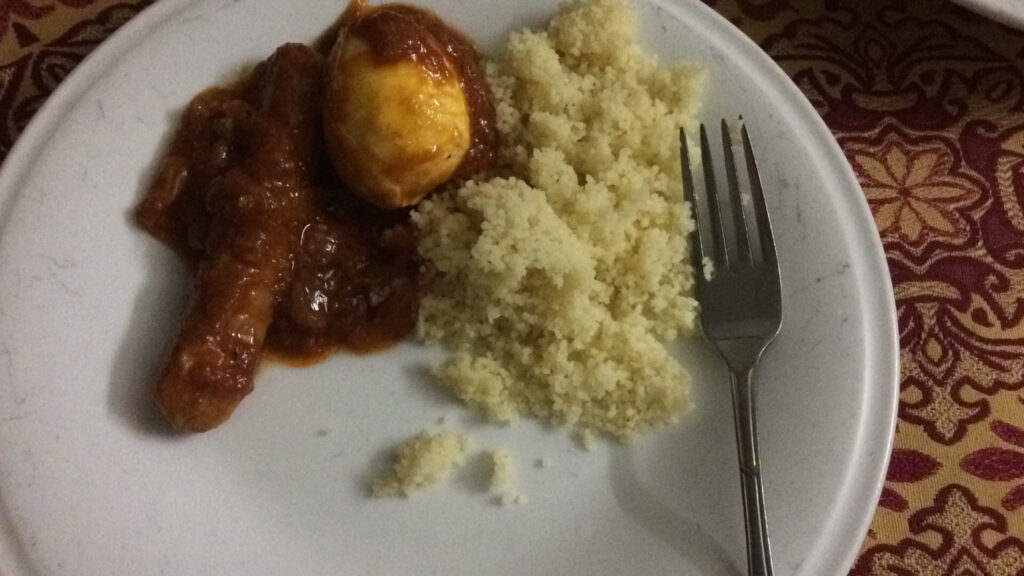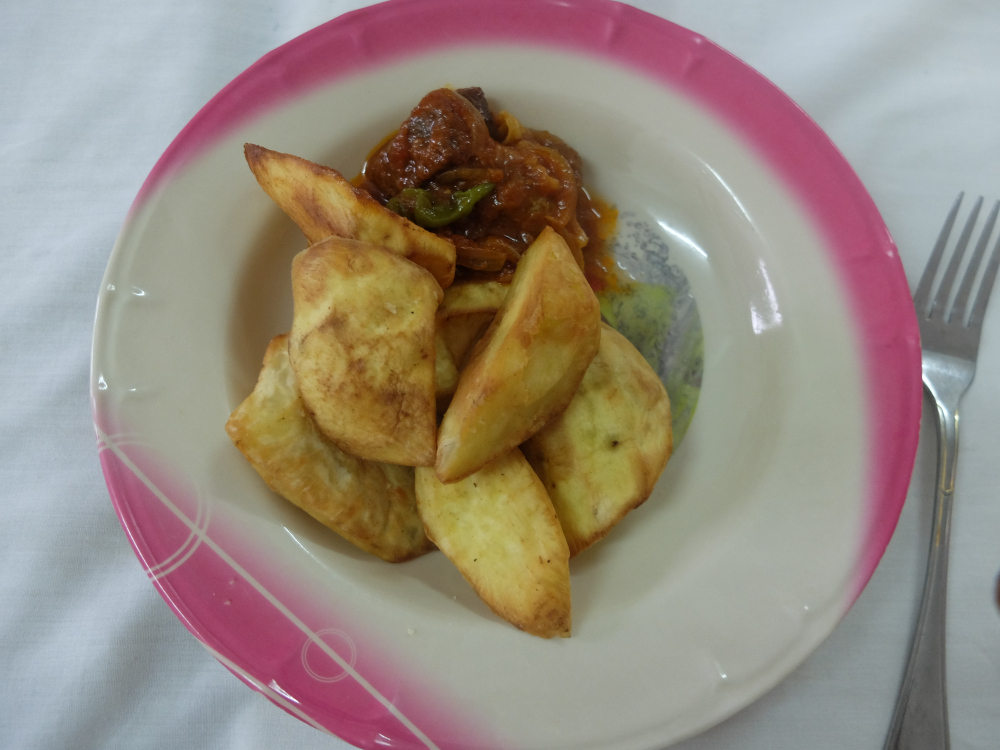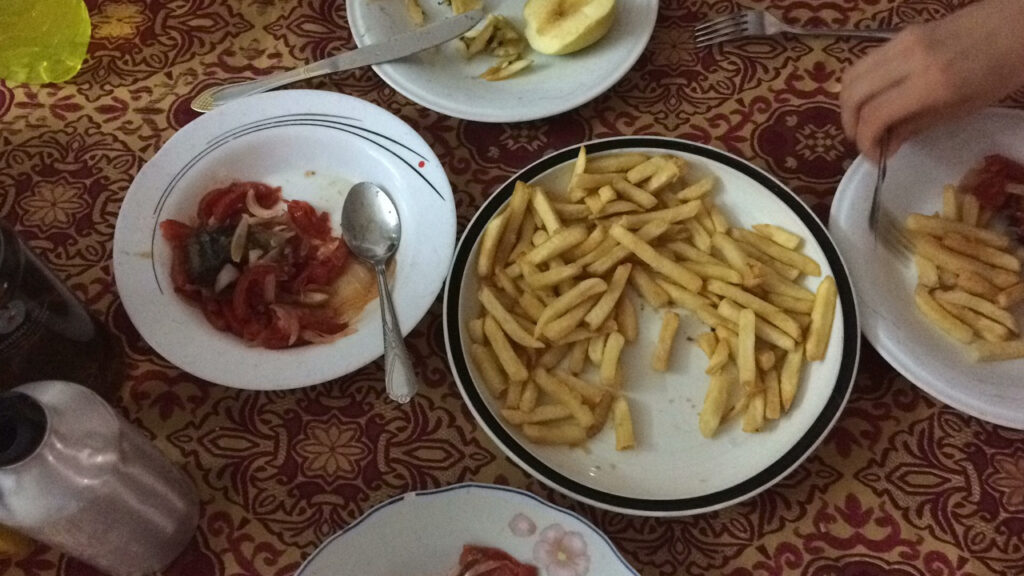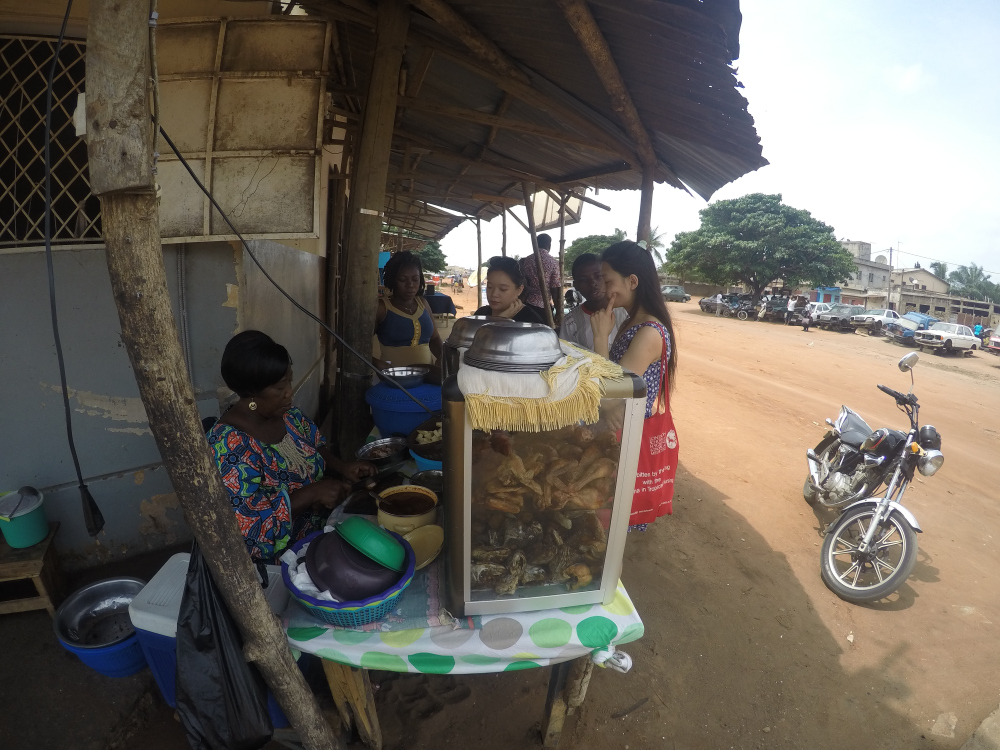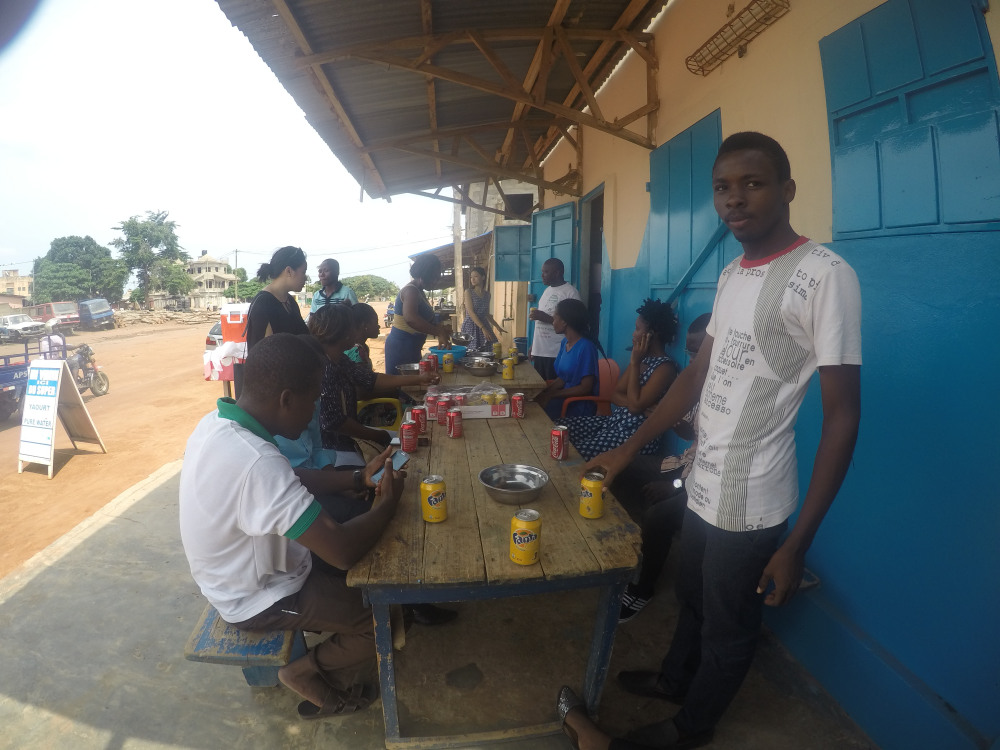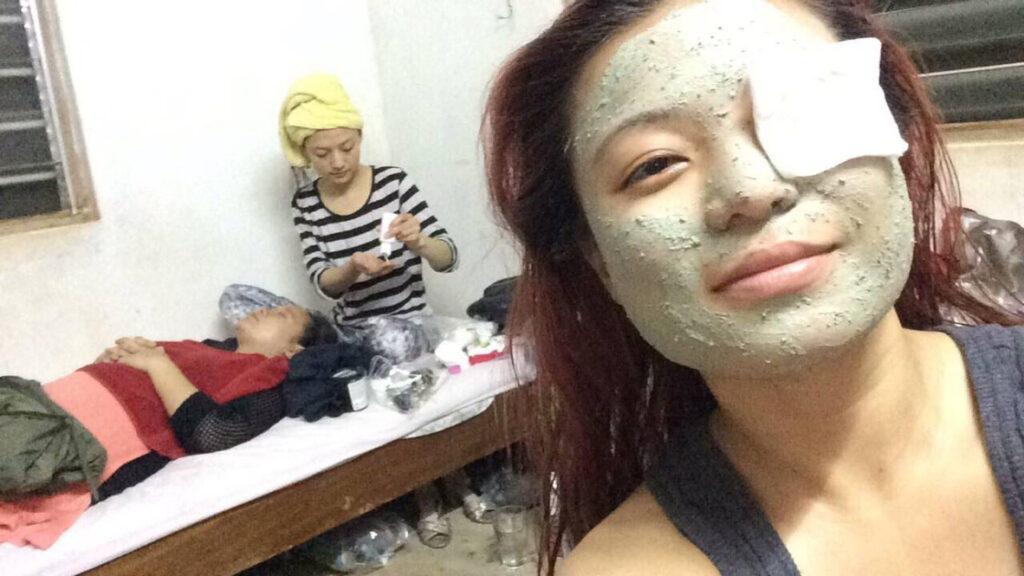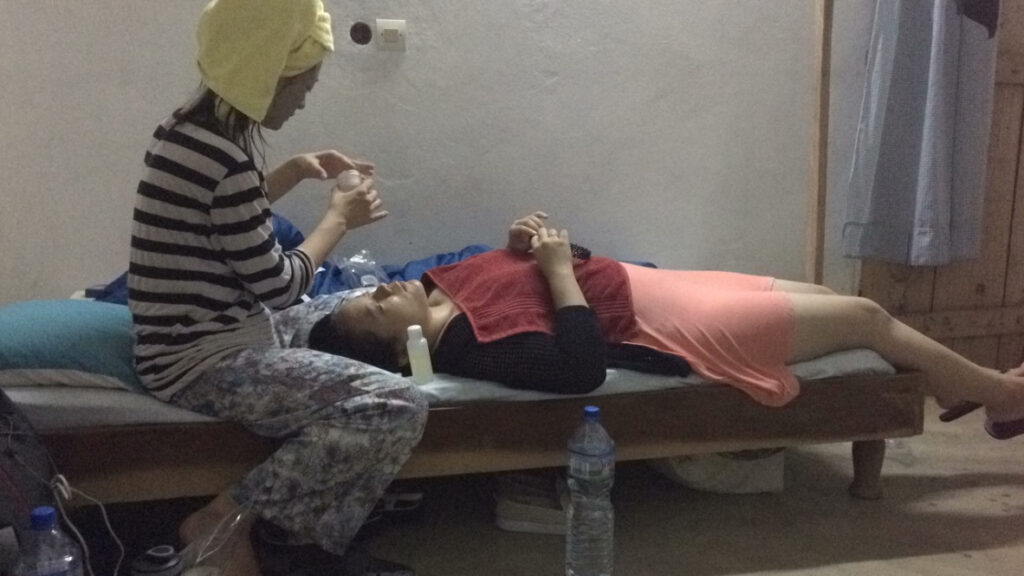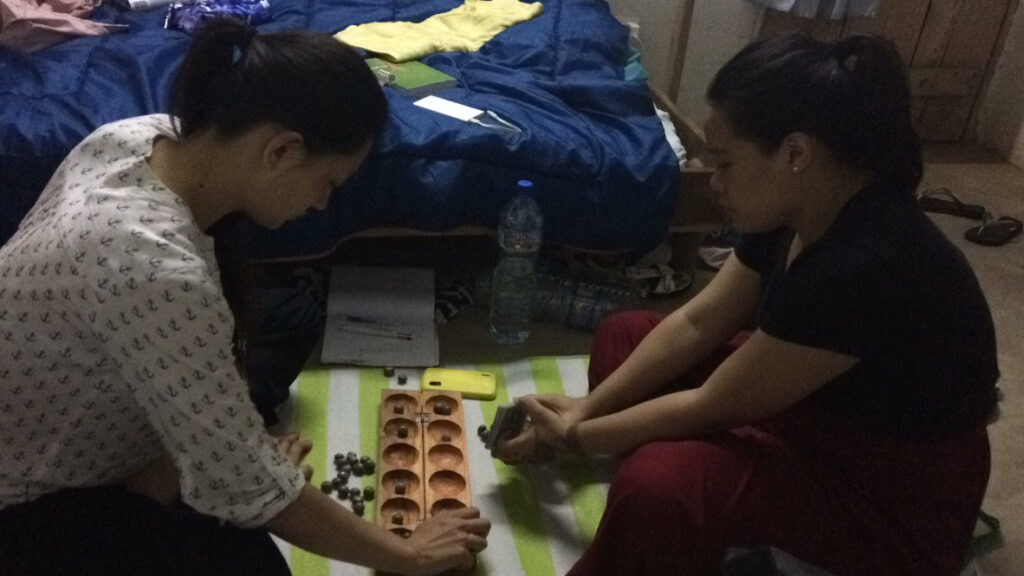I had a privilege to travel to the North of Togo last weekend with fellow volunteers from PDH. Jyoti had to leave for the UK on 3rd July, as she needs to go back to her ITU job (she should have quit just like me) next week, me and Iris have planned for a weekend away in the North. After constant research on Lonely planet guidebook and good reviews from our Togolese interns, we planned to visit Kara. The interns also advised us that we three shouldn’t travel that far on our own, therefore, we asked Ulrich (Male Togolese interns) to give us a company.
KARA
Kara city lies in Kara region; 413 km north of Lomé, close to Benin on East. I had a privilege to travel to the North of Togo last weekend with fellow volunteers and Ulrich from PDH.
Getting There:
Well, there are many ways to get to Kara. Did you know that there is an international airport called Niamtougou International Airport; which is also Togo’s second-largest airport after the main Lomé airport. You can get hire a taxi from the airport to your destination. But if you are a budget traveller like us then, you can easily get a bus ticket from Lomé. There are many bus companies that you can choose from. We had purchased our tickets (5,500CF/P) from the office the previous day.
We three girls woke up early in the morning because we didn’t want to miss our bus. We took a taxi (1000CF/p) in a quest to find a bus station for (La Poste). Finding a bus stop was difficult as there was no signboard for the bus stands. It was a maze and we thought that the bus already left us, at this point we three girls were panicking. Whereas Ulrich was relaxed and asking other locals giving us a head message that “we are fine girls- chill foreigners.”
We realised that the La Post bus was late (which is common here). Finally, we got into our bus from the collecting point and the bus boarded at 6:00. I hated the “La Poste” experience as it made frequent stops and allowed other passengers in without pre-paid tickets. Not to mention that our bus did break down on the way. We had a replacement microbus after nearly 2 hours of the incident, standing on heat.

Finally, we reached Kara after approximately 8 hours.
Where to stay?
Googling hotels/ accommodations on the internet wasn’t pleasant for us. There were only a handful of hotels published online. Please don’t rely on the webpage, (it could be many years old updates). I have realised that Togolese aren’t bothered about advertising their business online. Truth be told, the network in Togo is very bad. Hence the reason why people doesn’t bother to grow their business online. But good news folks, when you get to Kara you will find many hotels in Kara ranging from the budget- to the high standard accommodations.
Day 1

We were gutted that we had to stay indoors and cut our trip short but we were thankful for the cool environment. We entertained ourselves by playing card games and eating pringles.
The weather cleared up later, we hired a taxi for 30,000CF for a whole day (we did use Ulrich’s help for the bargain). Great tip- if going abroad and you can’t speak their language then get your local friend; seriously it helps a lot. From physical protection to buying stuff in a local range.

One of the highlights of the north is the UNESCO heritage site; Fortified compounds in the Tamberma Valley. Placed at the foothills of Atakora Mountains in the north-east of Togo, we find Kutammaku region, home of the Batammariba, people of ancient traditions.
We enjoyed and participated during the Tamberma Valley Dance performance. It was great fun! After visiting Tamberma Valley, we drove to Sawakara National Park around 17:00. We were just in time for the afternoon jeep safari.

A moment like this makes me feel like sitting back, soaking at the moment and seeing the world pass by; it is just so beautiful.
The price breakdown for Kandé and the Tamberma valley
- Tamberma Valley (Entrance Fee: 1500CF)
- Togolese (500CF). Student: (300CF)
- Guide (10,000 CF).
- Tamberma Valley Dance performance (5000 CF).
- Drove to Sawakara Park at 17:00
- Safari at Sawakara Park (25,000 CF) 5000CF/p + 5000 jeep
